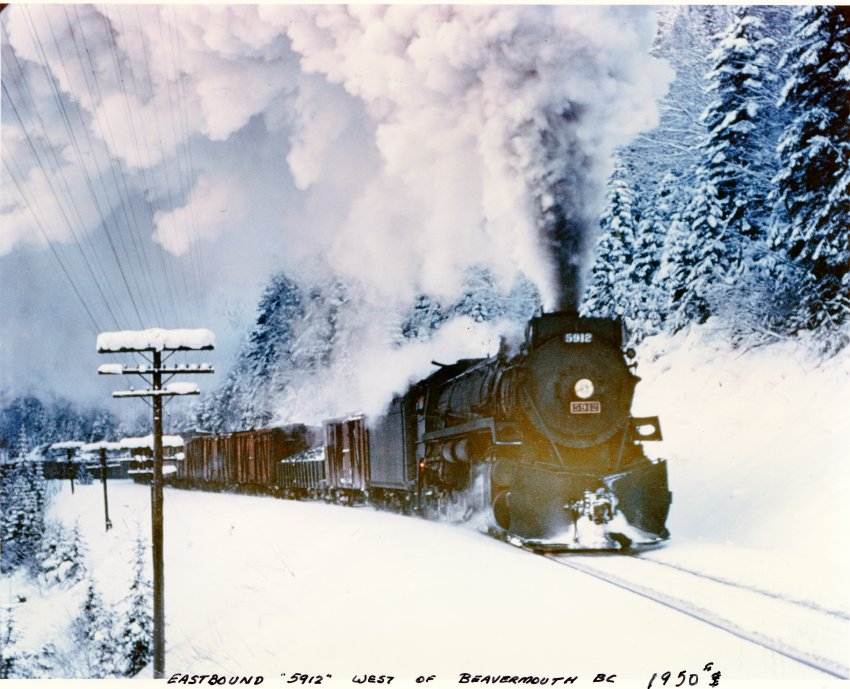THE WHISKEY TRAIL

The Whiskey Trail
From the Book Kinbasket Country published by the Golden & District Historical Society – 1972
During construction the whole of the north-west was “dry”, and in British Columbia this ruling existed within the railway belt of twenty-five miles in width. The liquor trade was an underground affair, and the crews of men in the camps were the object of much illicit smuggling in an astounding variety of innocent-looking containers.
The whiskey was brought in kegs from Sand Point, Idaho, by pack train up the Kootenay and down the Columbia. One of their stopping places was present-day Parson, where the “whiskey-trail” crossed the Beaverfoot Range and passed over the Rockies to Laggan (Lake Louise) and Silver City. One day a preacher stopped at the log building at which the travellers were housed. The members of the household and the horse wranglers of the pack train were lying around in a drunken stupor. The man of God remarked that they looked like hogs, and the title “Hog-Ranch” was given to this place for many years. A nearby creek is still marked on modern maps as Hog-ranch Creek, but the settlement is now known as Parson, after an early property-owner.
As the construction camps moved forward, they developed into such unruly places as Golden City and Donald, complete with many saloons, dance halls and shacks. The whiskey trail was extended to supply these places and liquor was smuggled into Beavermouth, where the camp had been established to keep the labourers from temptation. This move did no succeed, and Beavermouth became as tough as any other place.
Sam Steele, the Mounted Police inspector there, had a difficult task in keeping order. At a time when he was very sick with mountain fever, a strike was called by men, who had not received any pay for some time. He got up from his sick bed and with his little force of eight men succeeded in quelling the rioting mob.
Despite huge snowslides and the heavy work of blasting the rock and felling enormous trees, the rails reached Rogers Pass in 1885, and here yet another frontier shack-town sprang up. The grade from Beavermouth to Glacier was a stiff one, and here again it was necessary for pusher engines to be attached to the trains to provide this extra service between the two places. Beavermouth soon boasted a roundhouse, telegraph station and later a school and a sawmill.
As the railway builders penetrated the mountains small sawmills were established to cut ties for the roadbed and timbers for building the snowsheds and many trestle bridges that spanned the gorges and canyons of the mountains. Many of these were only temporary, but several mills continued to operate and soon were able to shop their lumber by rail, mainly to the prairies.
